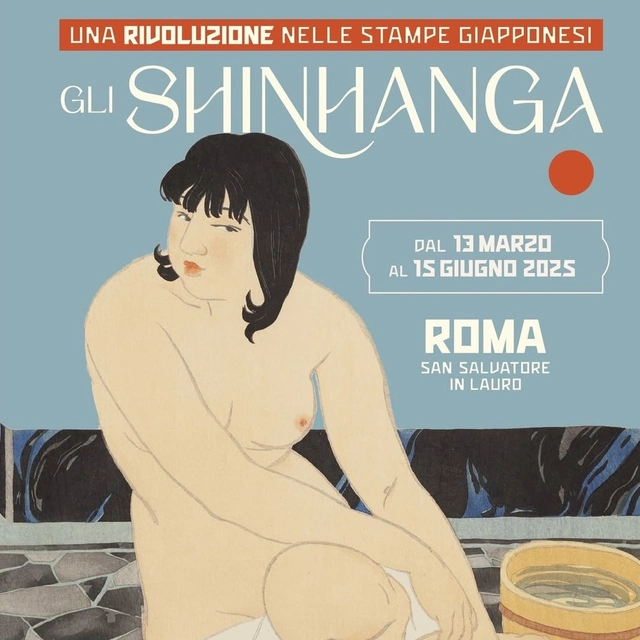Shinhanga: The revolution Japanese Prints
For the second time in Italy, an exhibition on the art of the shinhanga, an extraordinary opportunity to immerse oneself in the beauty and melancholy of an artistic movement that revolutionized traditional Japanese ukiyoe printing in the early 20th century by fusing classical elements with modernist sensibilities.
Exploring Shinhanga
The exhibition boasts more than 100 original works by some of the most celebrated shinhanga masters, including Itō Shinsui, Kawase Hasui, and Hashiguchi Goyō, who, by portraying vibrantly colored landscapes and beautiful female figures, were able to capture the essence of the landscape and the ferments of Japan in those years with a renewed style and a focus on light, seasons, and details, with that touch of nostalgia that accompanies the disappearance of a world threatened by progress.
A journey to modernity
From the great subjects ofukiyoe to suburban landscapes and new female models
Brilliant pigments, melancholy and silent atmospheres, suspended between a deep connection to tradition and the inexorable advance of progress. This is the Shinhanga, literally “the new woodcut,” officially born in 1916 through the work of artists such as Itō Shinsui and Kawase Hasui, who moved away from the subjects of theukiyoe current-iconic landscapes depicting famous locations, famous geisha or characters associated with the world of the most fashionable theaters – favored instead characteristic views of the rural province or city suburbs, not yet reached by modernization, such as ruins, ancient temples, rural images, and night scenes illuminated by the full moon and streetlights. These impressionistic views were soon joined by new types of bijinga, the portraits of women, now no longer dedicated to famous and unattainable models, but to the women of modern times, portrayed in their everyday lives, as they style their hair or apply makeup, young people from whose eyes emotions, dreams and regrets seep out.

 Rome, Italy
Rome, Italy